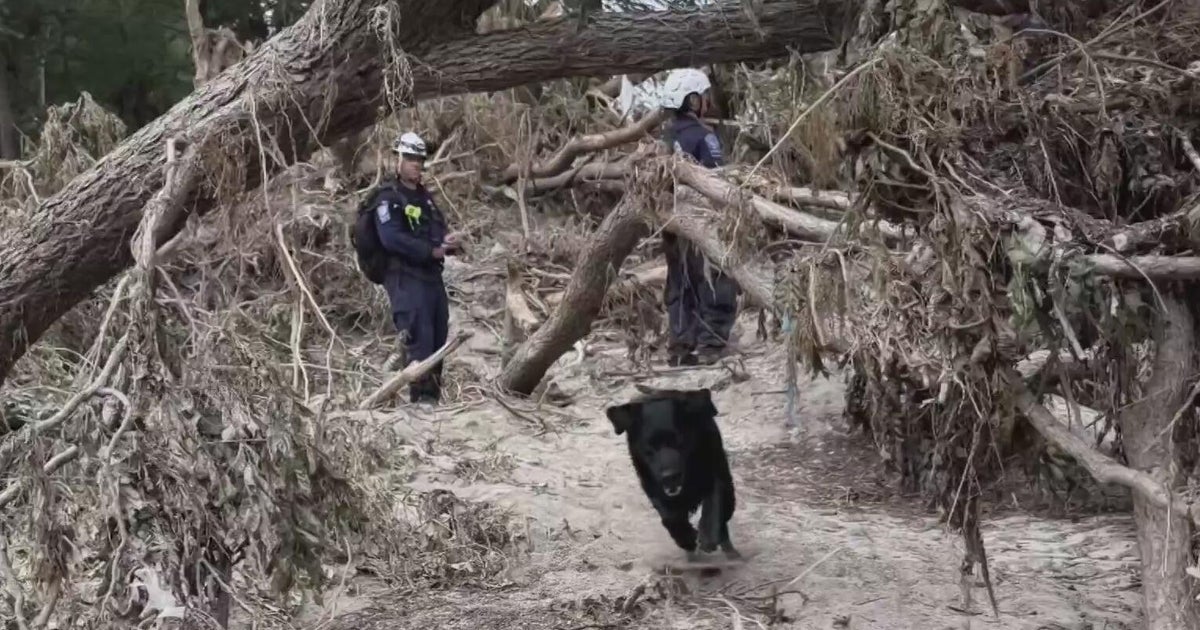Spacecraft Makes Successful Flyby of Strange Object at Edge of Solar System
LAUREL, Md. (CBS) -- NASA's New Horizons spacecraft raced past a frozen remnant of the solar system's birth early New Year's Day, phoned home to confirm a successful flyby and began beaming a treasure trove of pictures and other data to eager scientists waiting back on Earth some 4.1 billion miles away.
"Last night, the United States spacecraft New Horizons conducted the farthest exploration in the history of humankind, and did so spectacularly," said Alan Stern, the principal investigator. "Thousands of operations on board the spacecraft had to work correctly in order for us to be able to tell you this, and now we know that it all did."
The nuclear-powered New Horizons passed within 2,191.6 miles of its target, a bowling pin-shaped 22-mile-long body known as Ultima Thule, at 12:33 a.m. EST (GMT-5), streaking by at 32,212 mph, 14 times faster than the bullet from an assault rifle.
New Horizons carried out the flyby in radio silence, aiming its instruments at Ultima Thule and its surroundings as the probe's flight computer methodically worked through a complex science timeline intended to maximize the return from its suite of cameras, spectrometers and other instruments.




